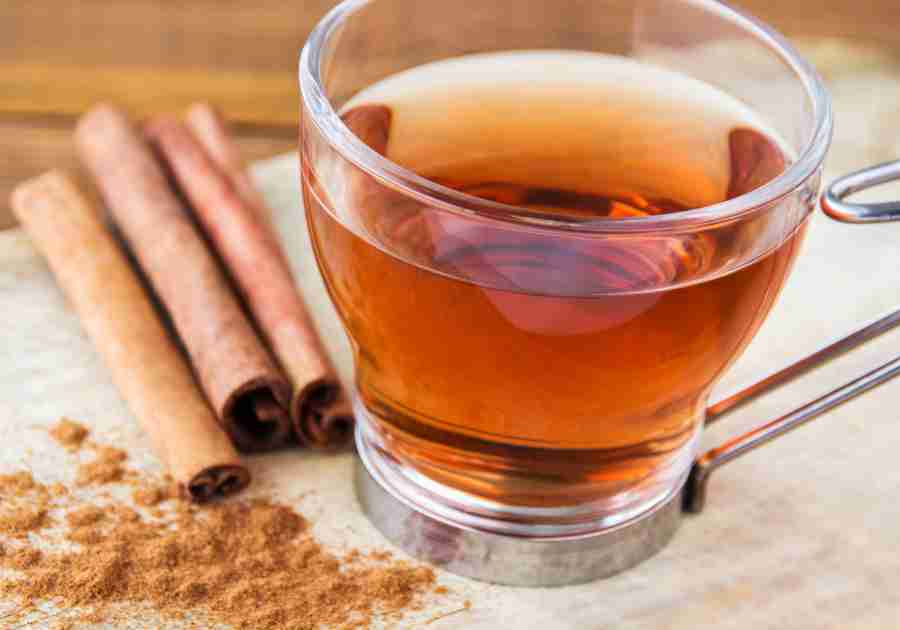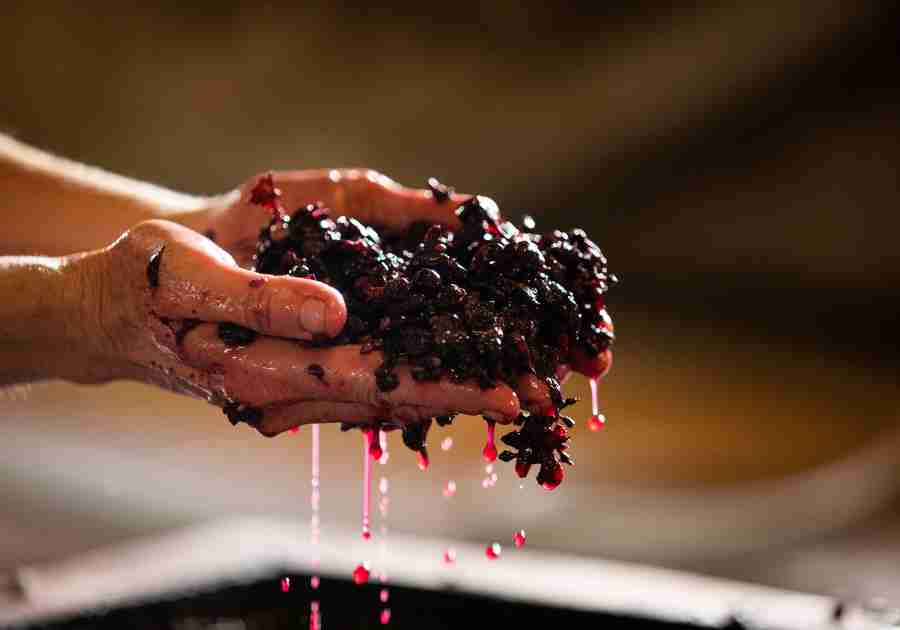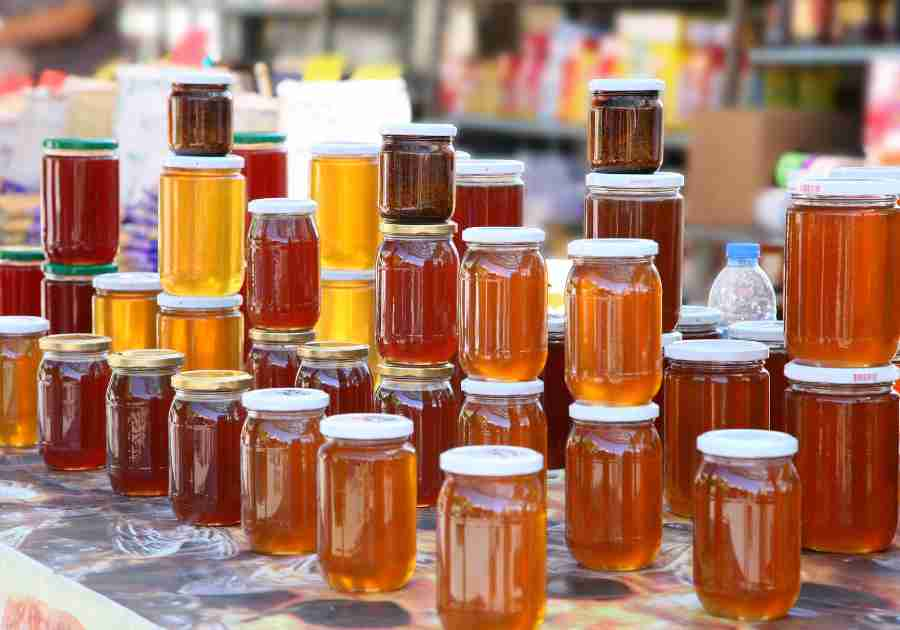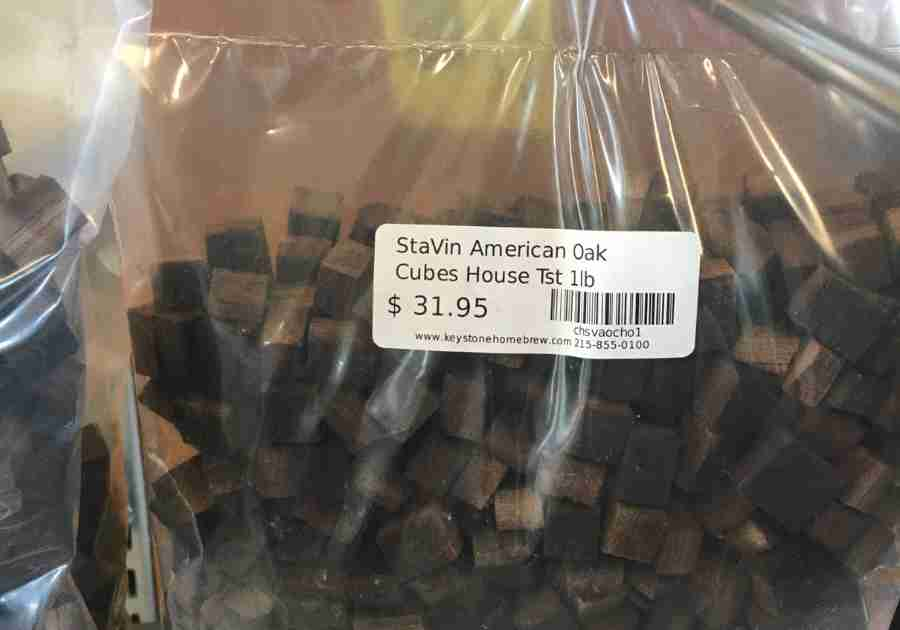You’ve done your first batch of simple mead and are getting used to the process. It turned out pretty good. Now you’re looking to make a new mead and wondering, what can I flavor this mead with?
You can flavor mead with pretty much anything you can think of. If you can conceive of an idea for your flavored mead, rest assured that someone has already thought of it. There’s likely already a recipe for it as well. You can flavor your mead with fruit, spices, and even more honey! Flavored meads are so popular that separate category names for them were created to specify what type of mead you are making.
Below we’ll discuss the different categories of mead and what flavors they represent.
Categories of Mead
There’s all sorts of categories and subcategories of meads that are flavored with a specific thing. For instance, one category of Mead is called Melomel. A Melomel is a mead with fruit added. So every melomel is a mead, but not every mead is a melomel.
Looking to flavor your mead with something? Give these types of mead a try:
Acerglyn
Are you brewing up north? Looking to add a little maple syrup to your brew? Acerglyn is a mead made with maple syrup added to the honey or completely made of just maple syrup.
Black Mead
Black mead is flavored with black currants. Because of the currants, it turns the mead a deep red/purple color. Besides looking and tasting awesome, it has an awesome name, so I highly recommend it.
Braggot
Braggot is a mead that is flavored with malt and many times other beer flavors like hops. It’s a hybrid between mead and beer. Is it more mead, or more beer? Up to the brewer!
Bochet
Bochet is mead made from caramelized or slightly burned honey. This adds some very nice caramel or toffee notes to your mead.
Capsicumel
Capsicumel is made from hot peppers. This is a very interesting mead style because the heat from the peppers can mask some of the alcohol taste very nicely.
Cyser
Cyser blurred the line between mead and cider as it’s made from apple juice or using apples. Very easy to make a 1 gallon batch as some stores sell apple juice in 1 gallon jugs that happen to be the same size as 1 gallon fermenters. Nice.
Hippocras
Hippocras is a mead that is flavored with spices like cinnamon and sometimes uses sugar instead of honey.
Metheglin
Metheglin is another spiced flavored mead that is more in line with early beer recipes. It contains spices and gruit.
Melomel
Melomel is mead flavored with various fruits. There’s a ton of different fruits you can use and this is a general category of fruit mead.
Pyment
Pyment is another type of fruit mead but is specifically made with grapes, grape juice, or wine. Is this a separate category or a subcategory of melomels? Hard to say.
Morat
Morat is a mead that is made with mulberries.
Rhodomel
This is a mead flavored with rose petals or rose hips.
Sack Mead
Sack Mead isn’t flavored with anything except honey, but it’s worth mentioning because it has such a high density of honey that it usually comes out quite sweet. You get a lot more honey flavor in the final product.
As you can see there’s a bunch of different styles of mead that each has its own unique characteristics. You can even mix different styles with incredible results.
When to add your flavor? Primary or secondary?
There’s different schools of thought on where to add your items to flavor your mead. Do you put them in the primary and allow your mead extra ingredients with which to ferment? Or do you add in the secondary in order to not have any of your flavor ingredients ferment giving it a much more sweet taste?
One of the drawbacks of having your added flavors in the primary is that a lot of the flavors are actually gassed off through the fermentation. The subtle flavors are still there but just not as pronounced.
Personally I opt to put the added flavors in the secondary because I’m able to stop the fermentation with potassium sorbate. Once the fermentation is stopped I can add the fruit or other flavors and have a much richer taste from the flavor additions whether it be fruit or spices.
Backsweetening with Honey
I’d like to take a moment and discuss flavoring mead with honey. Mead is obviously made with honey, but I get the impression that people think mead should taste a certain way because they see it’s made with honey. The reality is that a lot of if not all of the honey is fermented in the primary that takes away that “sweet honey” taste.
What you can do to get more of that sweet honey taste is back sweeten your mead with more honey. This involves adding potassium sorbate on your mead so it stops fermenting and then adding more honey.
Different flavors of honey
Honey comes in a variety of flavors. Each honey gives a subtle difference in how it tastes due to the various flowers that it’s made from. You’ll see that different recipes call for different honey and it’s due to the specific honey imparting a flavor or color to the mead.
That being said, don’t be afraid to experiment with this and try your own combinations out. You might find that a certain honey that you enjoy works better than what the recipe is calling for. Give it a shot.
Oak aging
Finally, another thing that you could flavor your mead with is oak. Oak aging consists of aging your mead in a large barrel made of oak. Over time the liquid seeps into the wood and back out again which imparts different flavors from the wood itself. The problem is that in our homebrew setups we either don’t have enough mead to age in a barrel, or more importantly, don’t have oak barrels lying around.
The solution to this is using oak chips, cubes, or spirals. These small pieces of oak are great for homebrewing because they are easily manageable by just throwing them in your fermenter. Chips are the fastest to impart flavor because they have the most surface area. Cubes and spirals are better for long term aging.
Oaking will impart a wide range of flavors. Vanilla, coconut, clove, and some fruity notes are just some of the things you’ll pick up when you oak your mead. Fortunately there’s different oak styles that will impart slightly different notes.
American Oak
Prominent vanilla flavor with less tannins that will not provide as much body to your mead.
Hungarian Oak
Still has a vanilla flavor but balanced with a touch of chocolate and roasted coffee notes.
French Oak
More well rounded than the other two styles and will impart some cinnamon and allspice notes. Does well in aging and will bring out more flavors the more you age it.
Conclusion
As you can see, there’s a ton of things you can flavor your mead with. It’s up to your imagination to mix and match different flavors to make the best mead you can!





